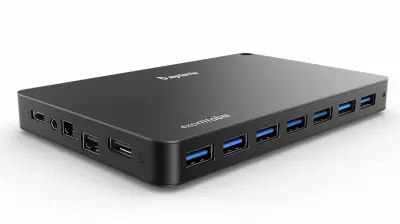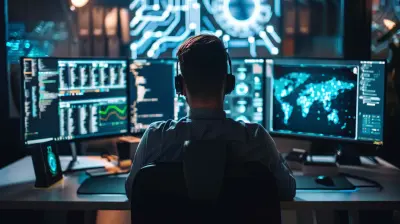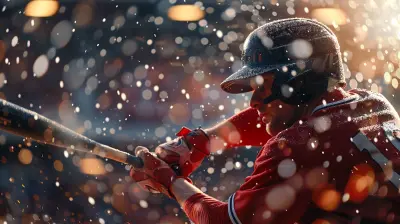Cooling Solutions for Gaming Laptops: Keeping Temperatures Down
28 April 2025
Gaming laptops are powerhouses built to handle intense gaming sessions, but let’s be real—heat can be their worst enemy. If you’ve ever felt your laptop turn into a mini oven, you know exactly what I mean. Excessive heat can throttle performance, shorten the lifespan of your device, and, in extreme cases, even cause permanent damage.
So, how do you keep your gaming laptop cool while still cranking out max FPS? That’s exactly what we’re going to dive into. From external cooling solutions to software tweaks, we’ll cover everything you need to know to prevent your machine from overheating.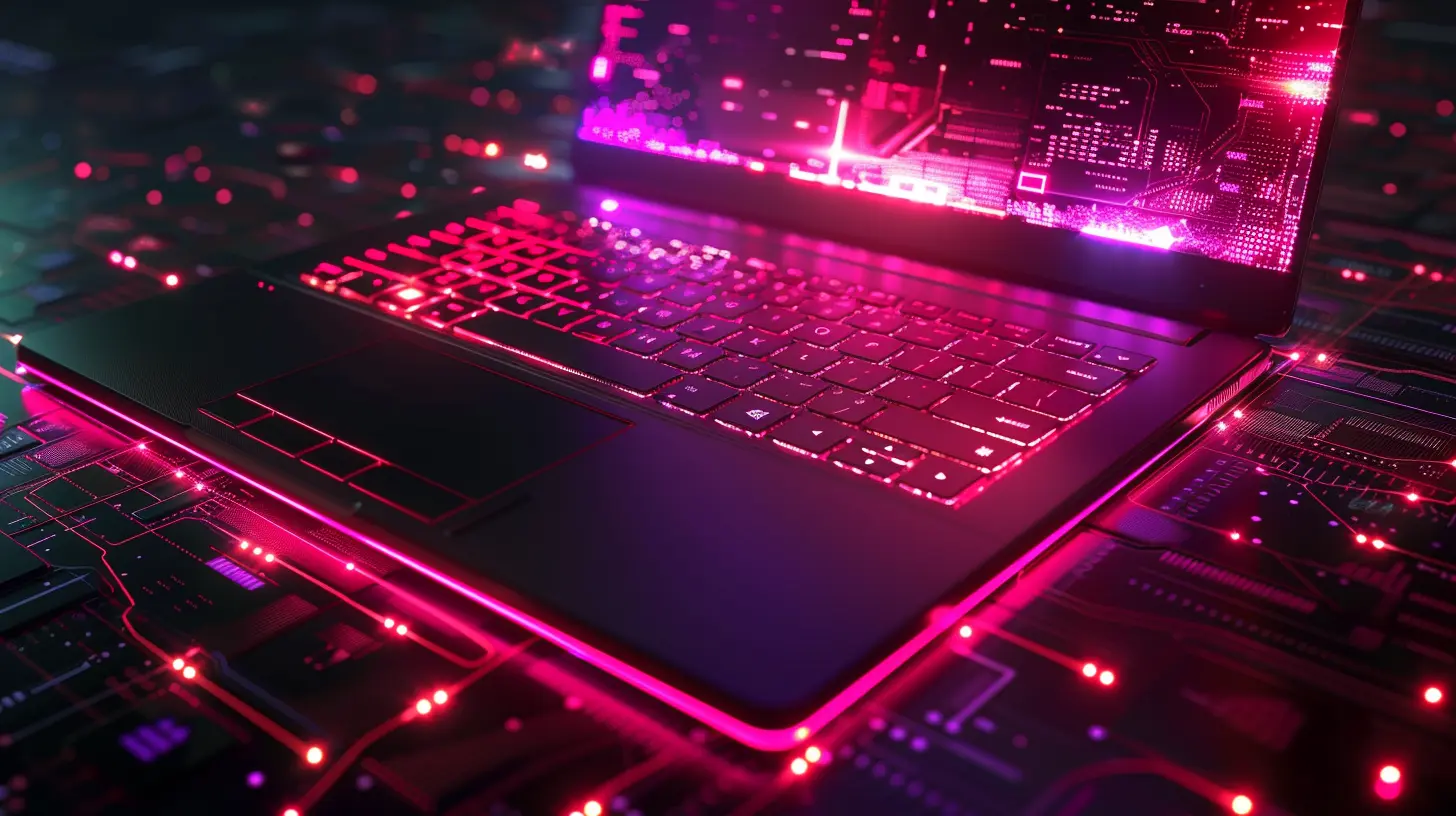
Why Do Gaming Laptops Overheat?
Before we tackle the solutions, let's first understand why gaming laptops get so hot.1. Packed Hardware in a Small Space – Unlike desktops, laptops have limited space for airflow, making it harder to dissipate heat effectively.
2. High-Performance Components – Powerful CPUs and GPUs generate tons of heat, especially under heavy loads.
3. Poor Airflow Design – Some laptops have inadequate ventilation, causing heat to linger inside the chassis.
4. Dust Accumulation – Over time, dust and debris clog the cooling system, reducing its efficiency.
5. Gaming for Hours – Prolonged gaming sessions push hardware to its limits, increasing heat build-up.
Understanding these causes helps us find the right solutions. Now, let’s check out how to keep temperatures in check.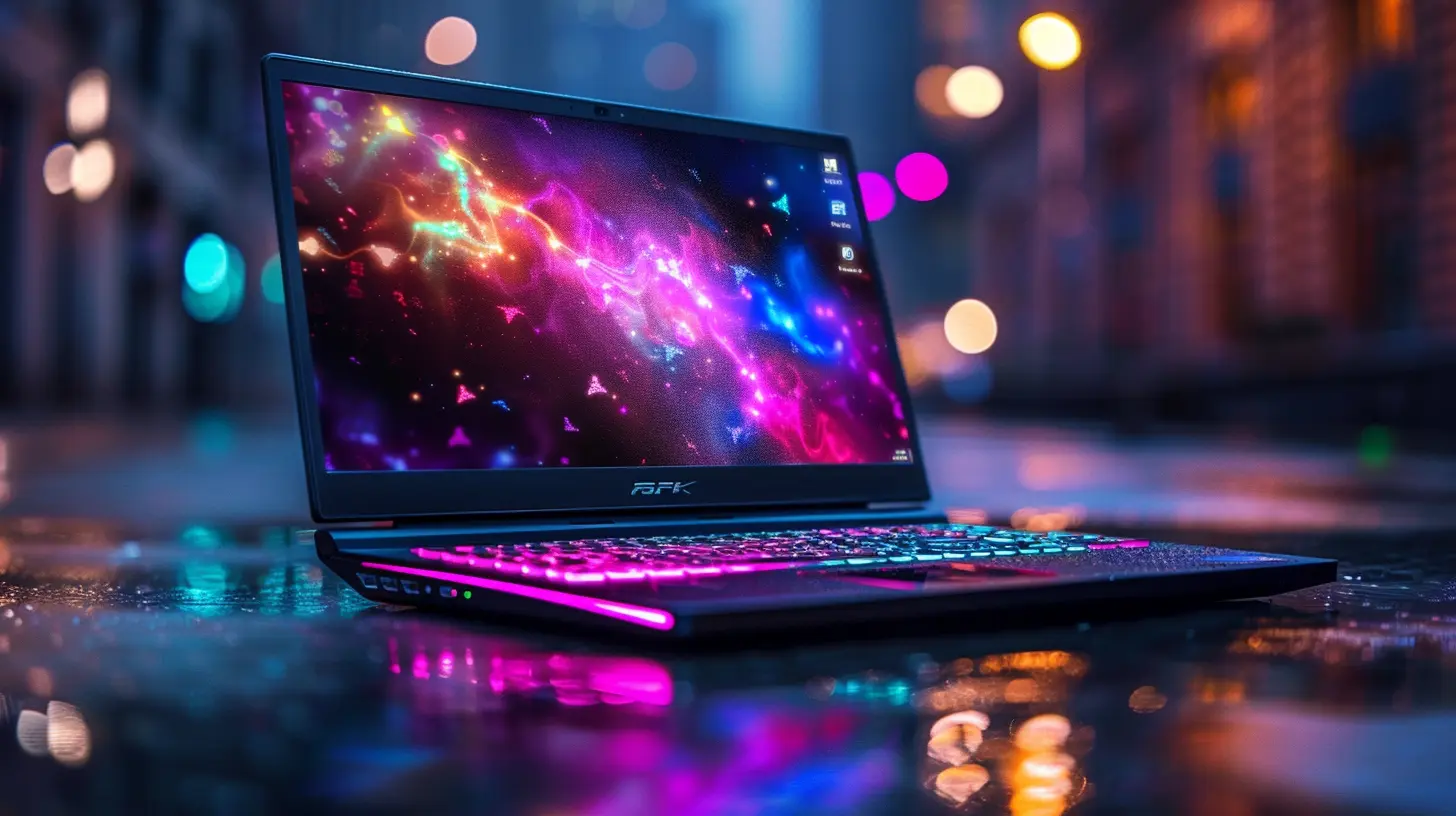
Top Cooling Solutions for Gaming Laptops
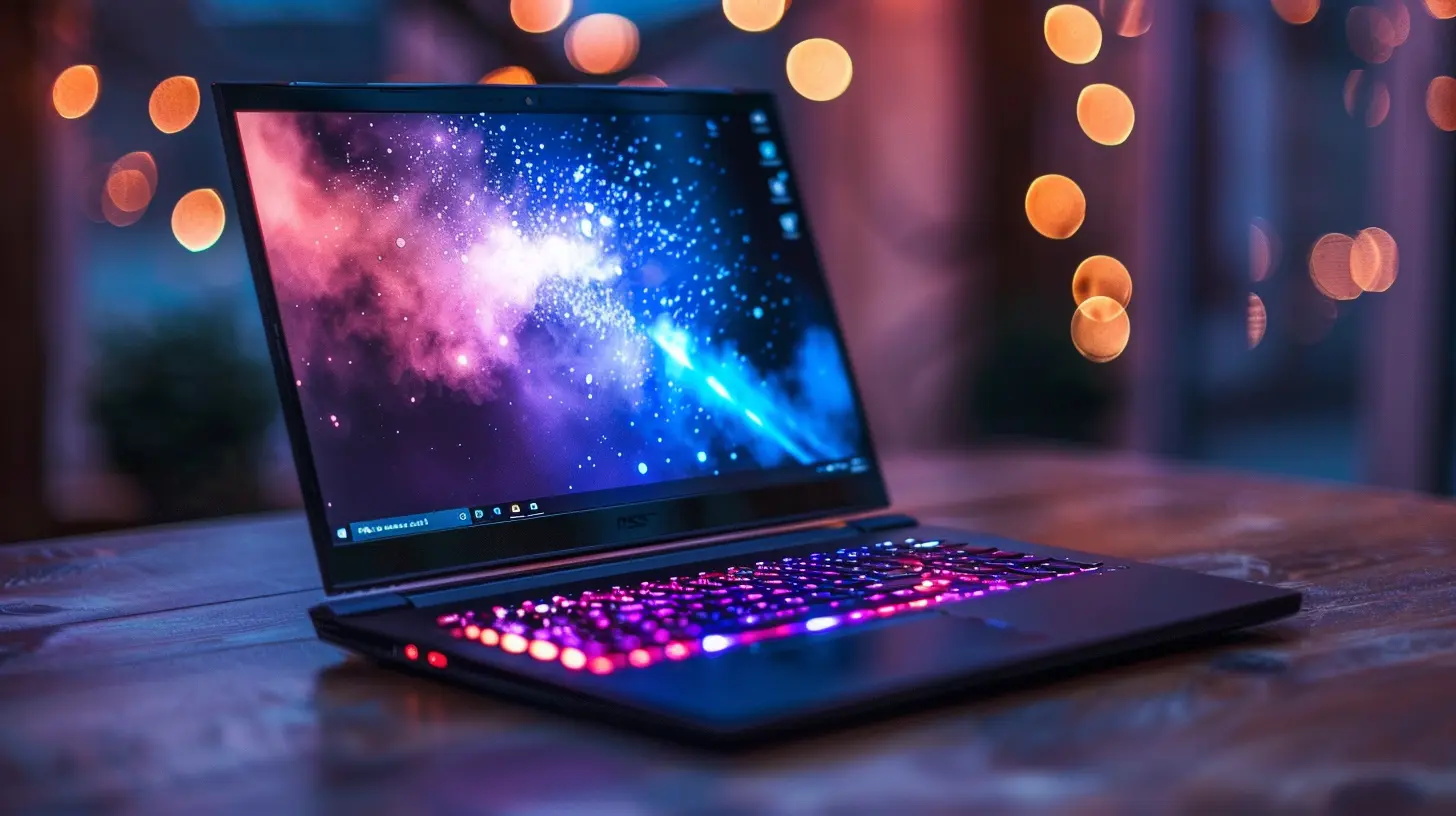
1. Use a Cooling Pad
If you haven't tried a cooling pad yet, you're missing out on a simple yet effective way to reduce heat. These pads come with built-in fans that blow cool air directly onto your laptop’s underside, improving airflow.- ✅ Affordable & easy to use
- ✅ Provides additional airflow
- ✅ Keeps your lap from burning during long gaming sessions
Just make sure to get one with adjustable fan speeds and ergonomic angles for a better gaming experience.
2. Keep Your Laptop on a Hard, Flat Surface
Ever gamed with your laptop on a bed, couch, or your lap? Bad idea. Soft surfaces block air vents, making it harder for heat to escape.- Instead, use a hard surface, like a wooden desk or a laptop stand.
- If needed, prop up the back of your laptop slightly using a small object to increase airflow beneath it.
It’s a small change, but trust me—every bit helps.
3. Clean Out the Dust Regularly
Dust is a silent laptop killer. Over time, it clogs fans and heat sinks, leading to poor cooling efficiency.How to Clean Your Laptop’s Cooling System:
1. Turn off your laptop and unplug it.2. Use a can of compressed air to blow out dust from the vents.
3. Open up the back panel (if possible) and carefully clean the internal fans with a soft brush.
4. Repeat this process every few months to keep airflow unobstructed.
You'll be shocked at how much dust builds up inside!
4. Reapply Thermal Paste
Thermal paste helps transfer heat from the processor and GPU to the heat sink. Over time, it dries out, reducing its effectiveness.If your laptop is a couple of years old and feels hotter than it should, reapplying thermal paste can make a massive difference.
Steps for Applying New Thermal Paste:
1. Open the laptop and locate the CPU & GPU heat sink.2. Clean off the old thermal paste using isopropyl alcohol and a microfiber cloth.
3. Apply a small pea-sized drop of high-quality thermal paste (like Arctic MX-4 or Thermal Grizzly Kryonaut).
4. Reattach the heat sink and put everything back together.
It’s a bit more technical, but if you're comfortable working on your laptop, it’s well worth it.
5. Adjust In-Game Settings to Reduce Heat
Higher settings push your hardware harder, leading to more heat. If temps are getting out of control, tweak your graphics settings.What to Lower:
- Shadows & Reflections – These eat up processing power.- Anti-Aliasing – Reducing this helps with performance and heat.
- Ray Tracing – Turn this off unless you absolutely need it.
- FPS Limit – Capping FPS at 60-90 can significantly reduce GPU workload.
A few adjustments can bring down temperatures without compromising too much on visuals.
6. Undervolt Your CPU & GPU
One of the best ways to lower temperatures without sacrificing performance is undervolting.Undervolting reduces the voltage supplied to your CPU/GPU while maintaining stability. This lowers heat production without affecting performance. You can use tools like:
- ThrottleStop (for CPU undervolting)
- MSI Afterburner (for GPU undervolting)
Done correctly, undervolting can knock off 10-15°C from your temps!
7. Control Fan Speeds with Software
Some gaming laptops allow you to control fan speeds using built-in software, like:- ASUS Armoury Crate
- MSI Dragon Center
- Razer Synapse
- Alienware Command Center
If your laptop has manual fan control, crank up the fan speed when gaming to keep temps in check. Just be aware that higher speeds mean more noise, so find a balance that works for you.
8. Use an External GPU (eGPU)
If your laptop supports an external GPU (eGPU), it can offload graphical processing, reducing the internal GPU’s workload. This helps lower internal temperatures while delivering better performance.It’s an expensive solution, but if you're serious about cooling and performance, it’s worth considering.
9. Upgrade or Modify the Internal Cooling System
Some laptops allow for heat sink upgrades, better thermal pads, or even custom cooling mods. If you're comfortable taking apart your laptop, check if there are aftermarket cooling solutions that fit your model.Some users even go as far as repasting VRMs and memory chips to improve heat dissipation.
10. Use a Laptop Stand for Better Airflow
A laptop stand raises your device, giving it more breathing room. Some even come with built-in fans for extra cooling.If you don’t want to buy a cooling pad, just propping your laptop up with a stand or even a couple of rubber feet can make a noticeable difference.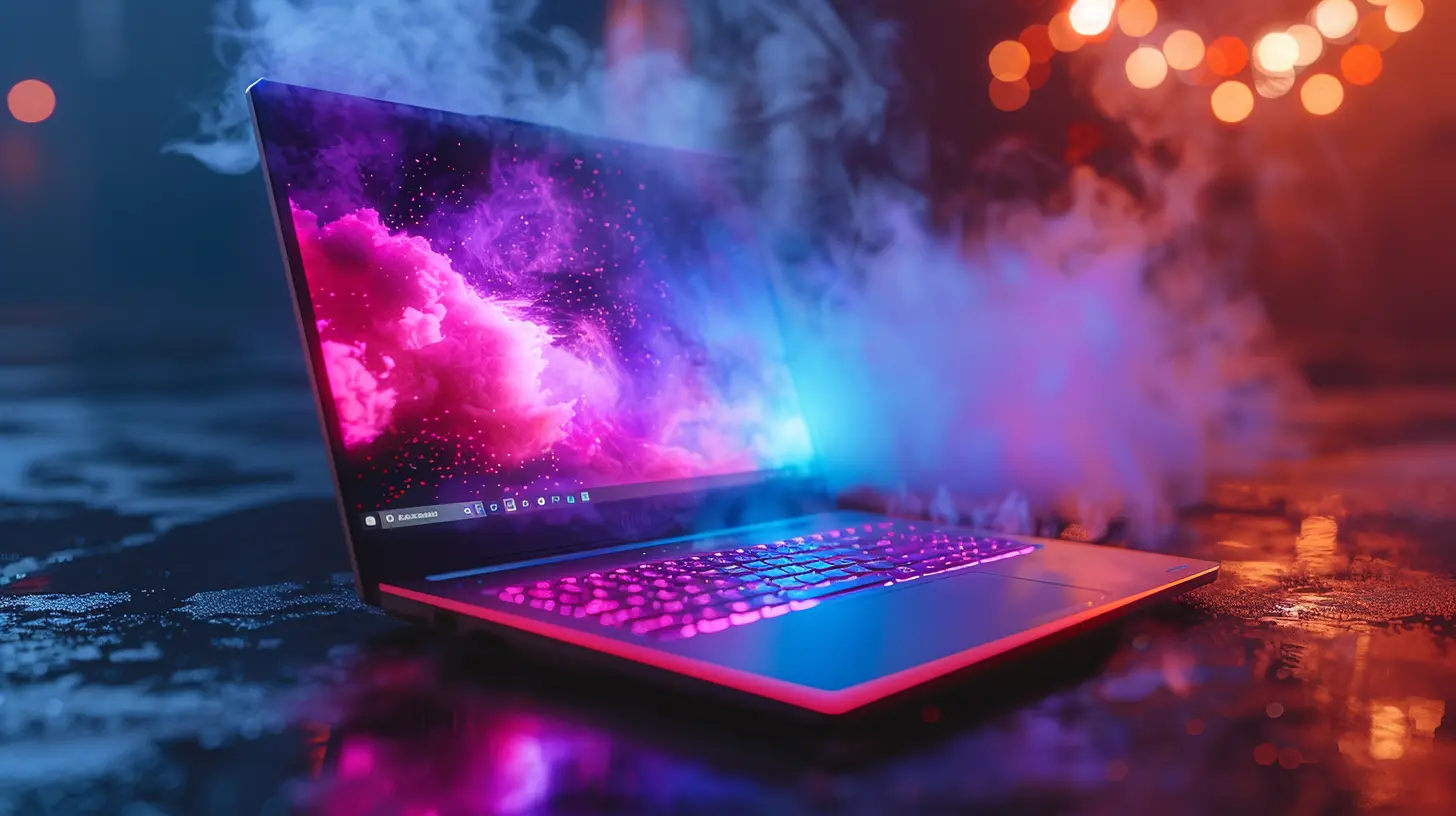
Final Thoughts: Balance Performance and Cooling
Gaming laptops will always run hot, but that doesn’t mean they have to overheat. By using a combination of cooling pads, undervolting, regular maintenance, and smart in-game settings, you can keep your laptop running cooler while maintaining peak performance.Experiment with different solutions and find what works best for your setup. After all, keeping your laptop cool doesn’t just improve gaming performance—it also extends its lifespan.
Got any other tried-and-tested cooling tricks? Drop them in the comments and let’s share the knowledge!
all images in this post were generated using AI tools
Category:
Gaming LaptopsAuthor:

Adeline Taylor
Discussion
rate this article
6 comments
Oberon Scott
This article effectively highlights the importance of cooling solutions for gaming laptops. With components generating significant heat during intense gaming sessions, exploring options like improved airflow, cooling pads, and liquid cooling systems can enhance performance and longevity. A must-read for gamers seeking optimal performance!
May 5, 2025 at 12:09 PM

Adeline Taylor
Thank you for your feedback! I'm glad you found the article informative and useful for gamers looking to optimize their laptops. Happy gaming!
Zephira McLaughlin
Effective cooling is essential for performance; prioritize airflow and maintenance to ensure your gaming laptop thrives.
May 5, 2025 at 2:49 AM

Adeline Taylor
Absolutely! Prioritizing airflow and regular maintenance is key to optimizing your gaming laptop's cooling and performance. Thanks for highlighting this important point!
Kennedy McVeigh
Great insights! Keeping gaming laptops cool is essential for performance and longevity. Excited to implement these tips and enjoy longer gaming sessions! 🎮❄️
May 4, 2025 at 8:49 PM

Adeline Taylor
Thank you! I'm glad you found the tips helpful. Enjoy your gaming sessions! 🎮❄️
Wade McGill
Cooling is crucial for maintaining performance in gaming laptops. With their compact design, managing heat is a challenge. Effective cooling solutions like advanced fans, thermal paste, and external coolers can significantly enhance longevity and gameplay. Gamers should prioritize cooling systems to ensure optimal performance during intense gaming sessions.
April 29, 2025 at 2:33 AM

Adeline Taylor
Absolutely! Effective cooling is essential for gaming laptops to sustain performance. Prioritizing advanced cooling solutions can greatly enhance both gameplay and the laptop's longevity.
Cody Moore
Great insights on cooling solutions! As a gamer, I appreciate how crucial temperature management is for performance and longevity. Your tips will definitely help us keep our laptops running smoothly during those intense gaming sessions. Thank you!
April 28, 2025 at 8:44 PM

Adeline Taylor
Thank you for your feedback! I'm glad you found the tips helpful for maintaining your gaming laptop's performance and longevity. Happy gaming!
Rune Hodge
Ah, yes! Because who doesn’t love a little extra heat with their gaming? Nothing like a sizzling laptop to enhance the virtual battlefield experience!
April 28, 2025 at 3:40 AM

Adeline Taylor
Thanks for your comment! While a little heat might add excitement, our focus is on keeping gaming laptops cool for optimal performance.


